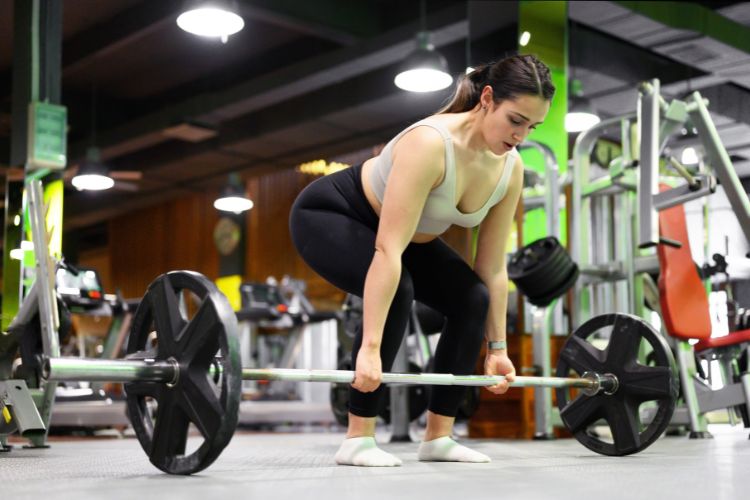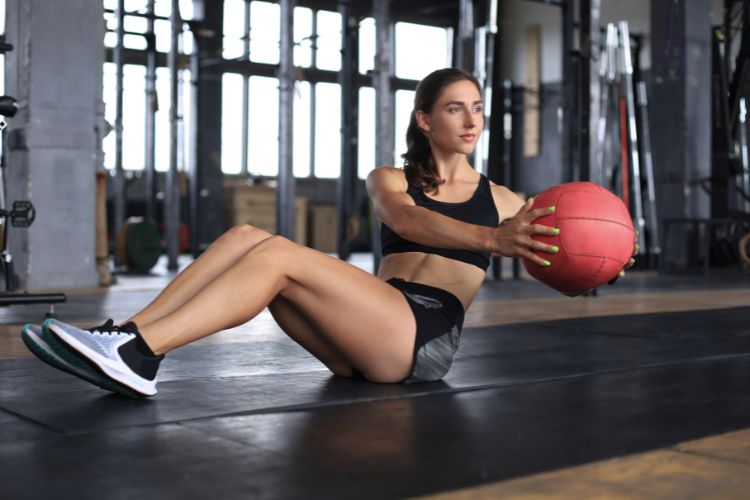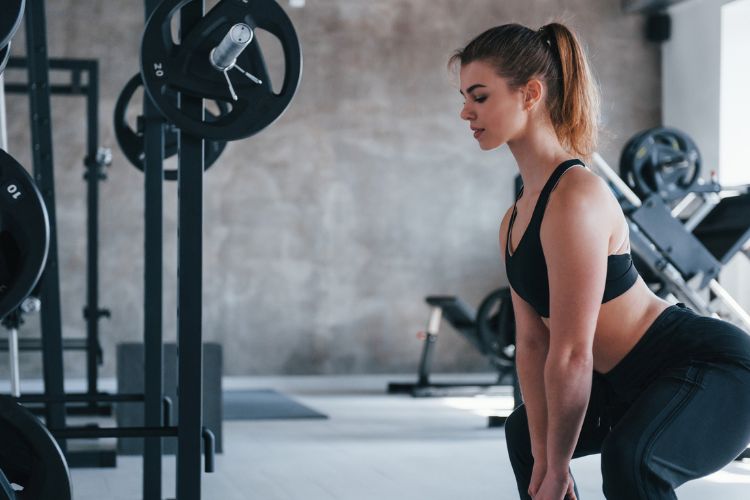Sign up for workout ideas, training advice, reviews of the latest gear and more.






The core muscles are more than just the ‘six-pack’ abs that many people strive for. They are a complex series of muscles that not only encompass our abdominals but also our lower back, hips, and pelvis. These muscles work in unison to support the spine, maintain posture, and allow us to move our body in every direction. For women, a strong core is especially vital. Whether you’re lifting a toddler, carrying groceries, or striving for better posture, a solid core is the foundation. Let’s dive deep into an effective core workout routine tailored for women.
Improved Posture: Core muscles are pivotal for maintaining a straight and upright posture. As women, our center of gravity can change, especially during times like pregnancy. A strong core can help counteract these shifts and prevent slouching, which can lead to back pain and other complications.
Enhanced Balance and Stability: Whether you’re wearing high heels or navigating icy sidewalks, having a robust core can help you maintain your balance.
Better Functional Strength: Day-to-day activities, from lifting heavy objects to twisting to pick something up, require core strength.
Reduced Risk of Injuries: A strong core can protect your inner organs and central nervous system. It also reduces strain on the back muscles, thus preventing back-related issues.
For a comprehensive core workout, you should target all the primary muscle groups: the rectus abdominis (front abs), obliques (side abs), transverse abdominis (deep core muscle), and the erector spinae (lower back muscles).
Warm-up (5-7 minutes)
Plank: Begin on your hands and knees. Stretch your legs out behind you and balance on the balls of your feet. Engage your core and ensure your body is in a straight line from head to heels. Hold for 30 seconds, working your way up to a minute or more as you get stronger.
Russian Twists: Sit on the floor with knees bent, lean back slightly, keeping your back straight. Hold a light weight or just clasp your hands together. Rotate your torso to the right and then to the left to complete one rep. Aim for 15-20 reps.
Bicycle Crunches: Lie flat on your back, hands behind your head. Bring your right elbow and left knee towards each other while straightening the right leg. Alternate sides in a pedaling motion. Do 20 reps (10 each side). (core workout routine)
Bridge: Lie on your back with knees bent and feet flat on the floor. Lift your hips towards the ceiling by engaging your glutes and core. Hold for a few seconds and lower. Do 15 reps.
Side Plank: Lie on your side with your elbow directly under your shoulder. Stack your feet and lift your hips off the ground, forming a straight line. Hold for 20-30 seconds on each side.
Superman: Lie face down, arms stretched out in front. Lift your arms, chest, and legs off the ground simultaneously. Hold for a few seconds and release. Do 12-15 reps.
Cool Down (5-7 minutes)
Consistency is Key: Like any fitness regimen, the results come from regular practice. Aim for 3-4 times a week for your core workout routine.
Focus on Form: Quality over quantity. It’s better to do fewer reps with proper form than many with poor technique.
Stay Hydrated: Drink water before, during, and after your workout routine to help muscle recovery and maintain energy.
Mix it Up: To avoid plateaus and keep things interesting, consider mixing up the exercises or incorporating new ones every few weeks.
Consult Professionals: Before starting any exercise regimen, it’s wise to consult with a fitness professional or physical therapist, especially if you have existing injuries or conditions.
The Importance of Core Strength for Women: core workout routine
As women traverse through various stages of life, the core plays an indispensable role. From childbirth to menopause and even in day-to-day activities, the core has a significant influence. Hence, it’s imperative to delve deeper into the nuances of why women need to prioritize core strength.
Understanding the anatomy of the core can aid in realizing its significance. The core isn’t just the front abdominal muscles. It’s a combination of multiple muscles that stabilize and move the spine. Apart from the major muscles previously mentioned, it includes the diaphragm, pelvic floor muscles, and many deep muscles that aren’t visible from the outside. All these muscles work together to support the spine, which is crucial for overall movement and function.
For women who are considering pregnancy or have experienced childbirth, core strength is invaluable. A strong core can support the extra weight of pregnancy, reduce back pain, and aid in childbirth. After childbirth, core workout routine exercises can help in postpartum recovery and in regaining pre-pregnancy strength and posture.
As women approach menopause, they experience hormonal shifts which can lead to a decrease in bone density and muscle mass. Having a strong core can aid in combating these changes. Exercises that strengthen the core also benefit bone health, particularly the spine, helping in the prevention of conditions like osteoporosis.
Core Strength and Mental Well-being
It’s not just the physical benefits; core workouts can do wonders for mental health. Engaging in regular core exercises releases endorphins, the body’s natural painkillers, which promote feelings of happiness and reduce stress. Furthermore, achieving milestones in your core workout can boost self-esteem and body confidence.
To diversify your core workout routine regimen and make it more challenging, consider these exercises:
Dead Bug: Lie on your back, arms reaching up towards the ceiling and legs lifted in a tabletop position. Slowly extend your right arm behind you and your left leg in front, all while keeping your lower back pressed into the ground. Bring them back to the starting position and switch sides.
Bird-Dog: Start on all fours. Extend your right arm in front and left leg behind, forming a straight line. Hold for a couple of seconds and return to the starting position. Switch sides.
Flutter Kicks: Lie on your back, hands under your hips or at your sides, and legs extended out. Lift your heels about 6 inches off the ground and make small, rapid, up and down scissor-like motions with your legs.
Mountain Climbers: Start in a plank position. Bring your right knee towards your chest and then quickly switch to your left knee. It’s like ‘running’ on the spot in a plank position.
Nutrition is the backbone of any fitness regimen. To see results from your core workouts routine, incorporate a balanced diet. Ensure adequate protein intake for muscle repair and growth, and include essential fats and carbohydrates for energy.
Also, many women overlook the importance of micronutrients. Calcium and vitamin D, for instance, are crucial for bone health, especially for women approaching or experiencing menopause.
Core workout routine is more than achieving a toned look; it’s about holistic well-being. For women, it impacts various facets of life, from daily activities to significant life events. With a combination of the right exercises, consistency, and a balanced diet, you’re not just working towards a stronger core but a healthier, empowered version of yourself. Remember, it’s a journey, not a destination. Celebrate every milestone, every plank held a bit longer, and every crunch that gets a little easier. Your core strength is a testament to your inner strength, resilience, and determination.
Stay up to date on the latest women’s health, fitness and lifestyle trends and tips.